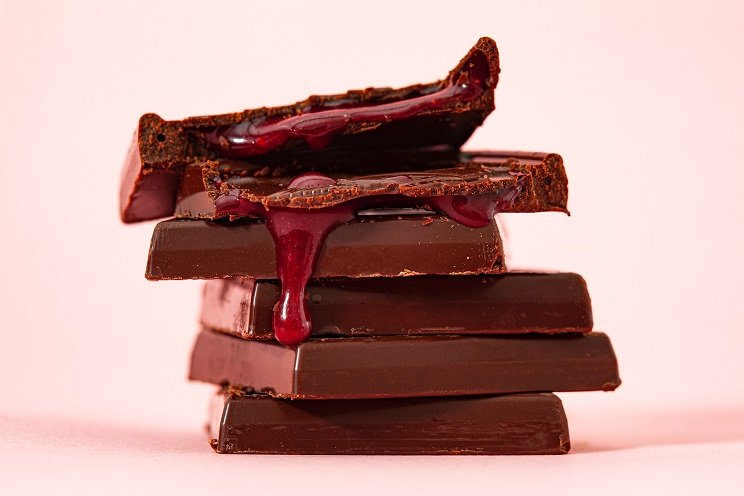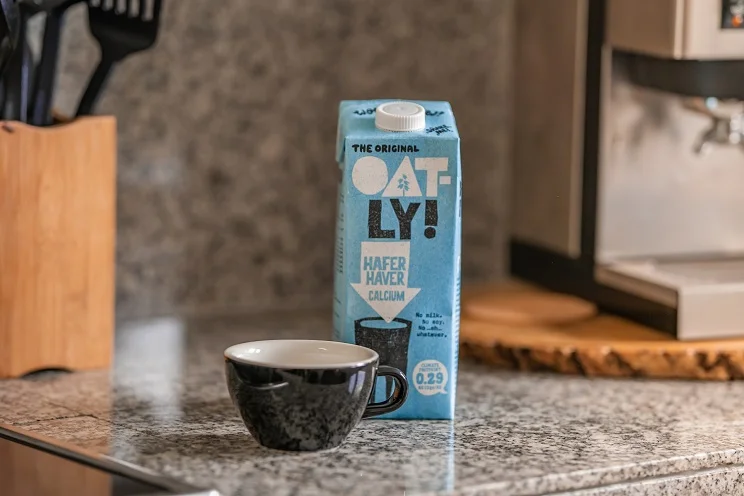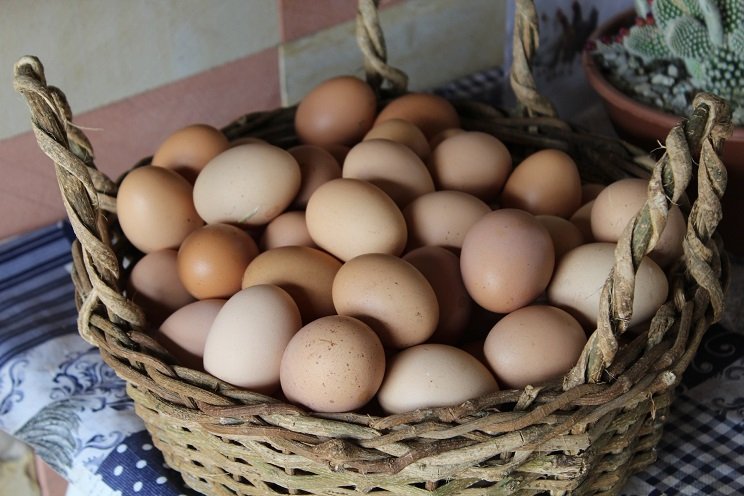When it comes to feeding your feline friends, there’s a vast array of foods that could potentially harm them. One such food is chocolate, which has been widely known to pose a danger to dogs, but what about our feline companions? Can cats eat chocolate? In this guide, we’ll explore the hazards of chocolate ingestion in cats and the necessary steps to take if your cat has eaten chocolate.
Why Chocolate is Dangerous for Cats
Chocolate is a beloved treat for humans, but it’s a potential poison for our feline friends. The main culprits are two naturally occurring stimulants found in chocolate – caffeine and theobromine. While these are easily metabolized by humans, cats, and other animals process them much slower, leading to a buildup of these toxins in their systems.
The Threat of Theobromine and Caffeine
Theobromine, a plant alkaloid found in cacao, is a proven toxin for most animals, including cats. Similarly, caffeine, a well-known stimulant found in various foods and drinks, can become toxic when ingested by cats, leading to symptoms such as vomiting, diarrhea, restlessness, increased thirst, and a rapid heart rate.
How Much Chocolate is Too Much?
Simply put, any amount of chocolate is too much for a cat. From cocoa powder and baking chocolate to milk chocolate and even white chocolate, all forms of this sweet treat are hazardous to our feline companions. However, the level of toxicity can depend on the type of chocolate and the amount ingested. For instance, unsweetened baking chocolate, which has a high level of theobromine, is more toxic than milk chocolate. Therefore, even small amounts of chocolate should be avoided entirely.
Symptoms of Chocolate Poisoning in Cats
If your cat has ingested chocolate, you need to be aware of the signs of chocolate poisoning, which usually occur within 6-12 hours after consumption. These symptoms can include:
- Vomiting
- Diarrhea
- Increased appetite
- Increased thirst
- Increased urination
- Elevated heart rate
- Restlessness
- Rapid breathing
- Muscle tremors
- Seizures
- Coma
In severe cases, chocolate ingestion can lead to abnormal heart rhythms, high body temperatures, and even death if left untreated.
What to Do If Your Cat Eats Chocolate
If you suspect that your cat has eaten chocolate, it’s crucial to take immediate action. Here’s a step-by-step guide on what you should do:
- Prevent Further Consumption: Ensure your cat cannot access more chocolate. If there are other pets in the household, keep them away from the chocolate as well.
- Identify the Type and Amount of Chocolate: Try to determine what type of chocolate your cat ate and how much they consumed. If possible, find any wrappers or packaging that could help identify the chocolate.
- Contact a Vet Immediately: Call your vet or an emergency pet hospital as soon as possible. Provide them with information about the type and amount of chocolate your cat ingested.
- Do Not Induce Vomiting at Home: Unless explicitly instructed by a vet, do not try to make your cat vomit at home. This can lead to other complications, such as aspiration pneumonia.
Treatment for Chocolate Toxicity in Cats
If your cat has eaten chocolate, the vet will typically take the following steps:
- Inducing Vomiting: The first step is to remove as much of the chocolate as possible from your cat’s system. This is usually achieved by inducing vomiting, but remember, this should only be done under professional supervision.
- Administering Activated Charcoal: If inducing vomiting isn’t successful, activated charcoal might be given to your cat to bind the toxins and prevent them from being absorbed by the body.
- Intravenous Fluids and Medication: Cats showing signs of chocolate toxicity may need to be hospitalized for further treatment, which can include intravenous fluids and medications to help manage symptoms.
Preventing Chocolate Consumption in Cats
The best way to protect your cat from chocolate poisoning is prevention. Here are some strategies to keep your feline friend safe:
- Store Chocolate Safely: Ensure all chocolate products are stored in a secure location that your cat cannot access.
- Educate Family Members: If you live with others, especially young children, educate them about the dangers of feeding chocolate to cats.
- Choose Cat-Safe Treats: Instead of offering human treats, provide your cat with treats specially designed for felines. These are not only safe but also nutritionally balanced.
In Summary
As a responsible cat owner, it’s crucial to remember that while chocolate is a delightful treat for us, it can be deadly for our feline companions. If your cat consumes chocolate, immediate veterinary care is essential. Remember, the adage, “prevention is better than cure,” holds true in this case. By storing chocolate safely and offering cat-friendly treats, you can ensure your furry friend stays healthy and happy.
Additional Resources
For more information on keeping your cat safe and healthy, check out these resources:
- ASPCA Animal Poison Control
- Pet Poison Helpline
- American Veterinary Medical Association
- American Association of Feline Practitioners
Remember, when it comes to your cat’s health, it’s always best to consult with a veterinary professional.




